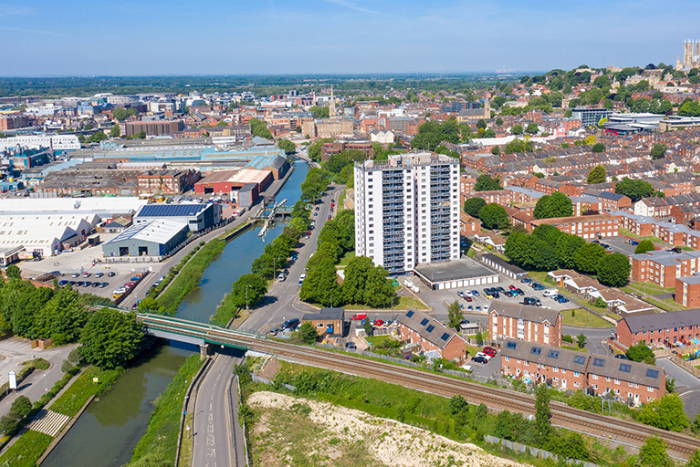
Larger single council preferred option for Lincoln area
City council chiefs are expected choose a unitary authority that takes in Lincoln and parts of its neighbouring authorities as their preferred option under local government reorganisation.
City of Lincoln Council’s proposal is recommending the creation of a three-unitary model for greater Lincolnshire which will include wards from the North Kesteven and West Lindsey areas.
Last month, Government requested all councils in two-tier areas across the country to submit a proposal for future new unitary councils in their area by March 21 with City of Lincoln being one of these.
Under its preferred option the city’s boundaries will be expanded based on the Lincoln Strategy Area in the adopted Central Lincolnshire Local Plan, which council leaders feel will enhance sustainability, strengthen the local economy, and support housing growth.
The proposal will be debated at a meeting of Full Council on Thursday, March 20, before being presented for approval at the authority’s Executive later that evening. It will then be officially submitted to Government on Friday, March 21.
The wards from the other authorities will be:
- North Kesteven District - Bassingham Rural, Bracebridge Heath, Branston, Heighington & Washingborough, Hykeham Central, Hykeham Fosse, Hykeham Memorial, Metheringham Rural, Navenby & Brant Broughton, Skellingthorpe & Eagle, Waddington Rural, Witham & St Hughs & Swinderby.
- West Lindsey District - Bardney, Cherry Willingham, Dunholme & Welton, Saxilby, Scampton, and Sudbrooke.
This model aligns with national priorities for inclusive growth, sustainable economies, and addressing health and social inequalities at the local level with an existing strong sense of place.
The council proposal cites residents in neighbouring towns and villages already identifying with Lincoln due to their close proximity and where they go to work or school, shop and spend leisure time, or access services. It takes into account intra-area relationships, particularly regarding Travel to Work Areas and Housing Market Areas, which demonstrate strong connectivity between Lincoln and its neighbouring communities.
The proposal also reflects the city’s historical significance, unique identity, and the potential benefits of expanding Lincoln’s administrative boundaries to improve local services and economic development.
Cities are melting pots of culture and creativity, driving consumer demand and fostering unique markets. Cultural and entertainment industries thrive in urban environments, contributing significantly to local economies, of which Lincoln is a prime example.
Cllr Naomi Tweddle, Leader at City of Lincoln Council, said: “This proposal represents an exciting opportunity to shape the future of Lincoln and the surrounding areas.
“Lincoln has a rich history of self-governance dating back to the 12th century when it was granted powers of self-rule. This legacy of independence and strong local leadership has shaped the city’s identity and continues to guide its development today.
"As a key economic hub, Lincoln plays a crucial role in the region, supporting jobs, businesses, education, and innovation.
“The more compact nature of Lincoln, compared to the larger county-wide geography, allows for more meaningful local engagement, ensuring that our services and policies are tailored to the residents’ needs.
"The proposed larger Lincoln unitary council would ensure that elected members have a strong affinity with their communities and can effectively advocate for residents at a local level.
“Our proposal offers the best way forward for sustainable growth, improved services, and economic prosperity.”
As local government reorganisation discussions progress the city council will consult with residents, businesses, stakeholders and neighbouring authorities to meet the evolving needs of the community.
